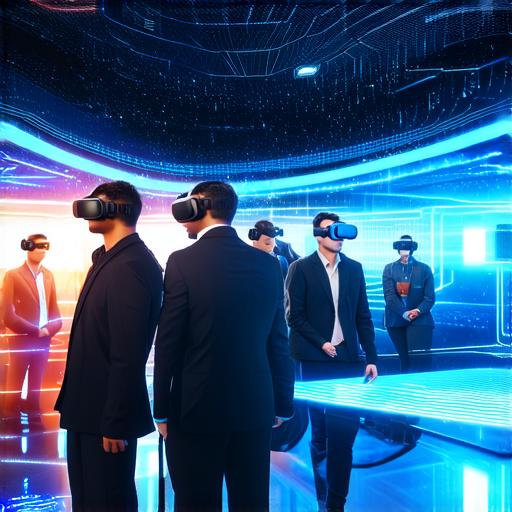Virtual Reality and Augmented Reality are two of the most exciting emerging technologies in the field of computer science. Both technologies allow users to experience immersive, interactive environments that were previously impossible to create using traditional media.
However, there are some key differences between VR and AR that set them apart.
Virtual Reality:
VR is a technology that creates a completely artificial environment for the user. This can be a 3D model of an object or a world, which the user can interact with in real-time. In order to experience VR, the user typically wears a headset or other device that tracks their movements and adjusts the environment accordingly.
One of the most common uses for VR is in gaming. Users can enter a virtual world and interact with characters and objects within it. However, VR has also found applications in fields such as education, training, and therapy. For example, medical students can use VR simulations to practice surgeries or therapists can use VR to treat patients with anxiety disorders.
Augmented Reality:
AR, on the other hand, is a technology that overlays digital information onto the real world. This can include things like graphics, animations, or even text. AR is often used in mobile applications, where users can point their phone’s camera at a real-world object and see additional information displayed on their screen.
One of the most well-known examples of AR is the popular game Pokemon Go. Users can use their phone to “catch” virtual creatures in real-world locations. Another example is the app Ikea Place, which allows users to visualize how furniture would look in their home before making a purchase.

Conclusion:
In summary, VR and AR are two exciting technologies that allow users to experience immersive, interactive environments. While VR creates a completely artificial environment for the user, AR overlays digital information onto the real world. Both technologies have found applications in gaming, education, training, and therapy, and are sure to continue to evolve and expand in the future.
